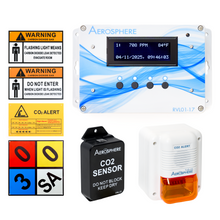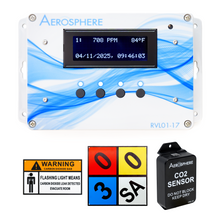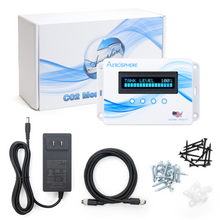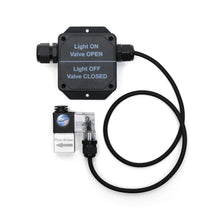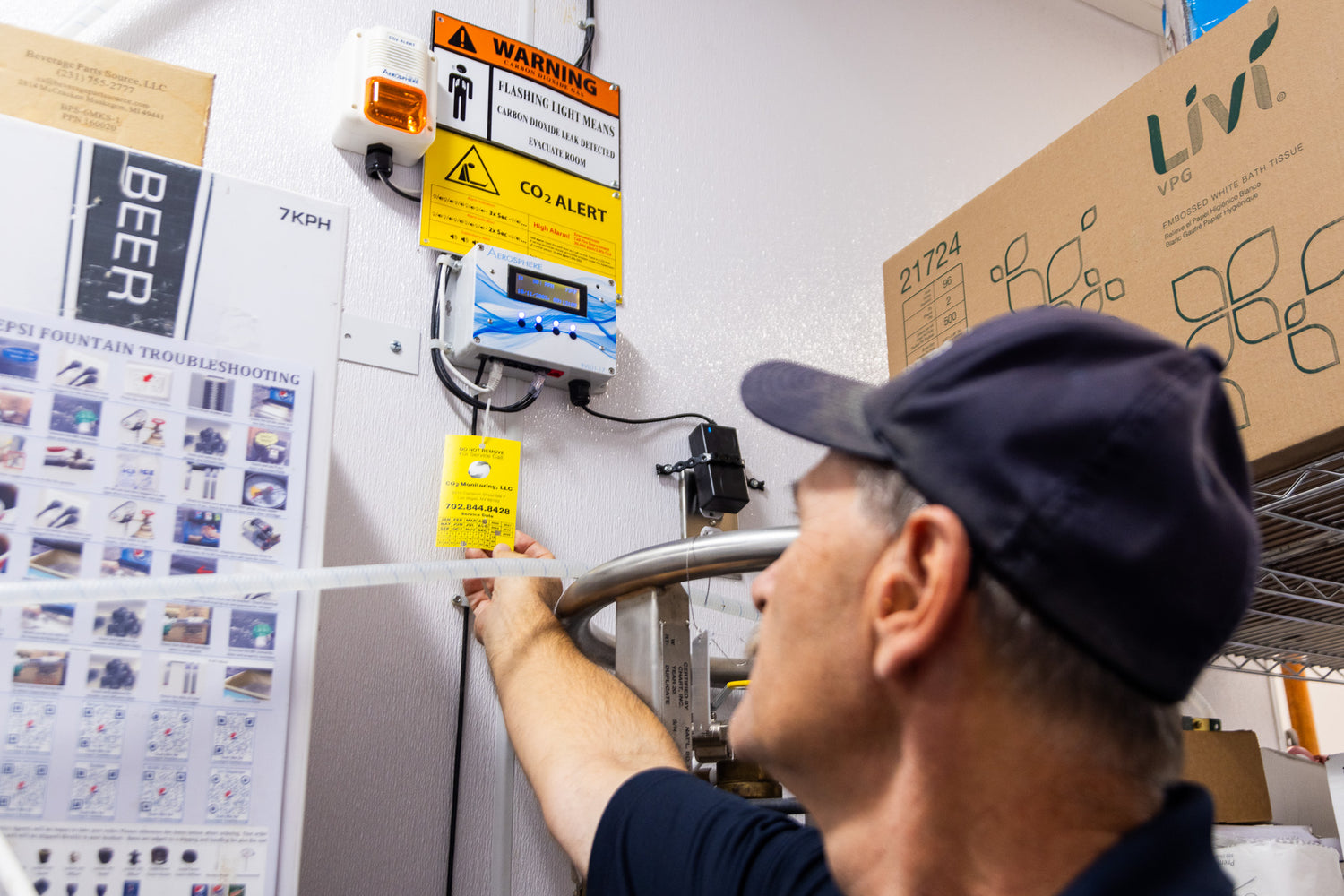Applications of Carbon Dioxide (CO2) in Grow Houses

Carbon dioxide is one of the most powerful tools growers use to improve plant health, speed up growth, and increase yield. Plants rely on CO2 during photosynthesis to convert light into energy, which drives everything from leaf development to flower density. In a controlled indoor environment, the natural CO2 level (around 400 ppm) can be increased to between 1,000 and 1,500 ppm to help plants reach their full potential.
For commercial cannabis cultivators, this process, known as enrichment, is a standard part of modern grow operations. It allows growers to produce more in less time, enhance cannabinoid content, and maintain consistent quality across every harvest.
Why Monitoring Matters
CO2 is a powerful growth tool, but it’s also an invisible gas that can become dangerous without proper control. Too little CO2 slows photosynthesis and reduces yield, while too much can harm both plants and people. Levels above 5,000 ppm can pose serious health risks to workers, and excessive concentrations can even be fatal.
This is why professional facilities rely on dedicated CO2 monitoring systems. By continuously tracking gas levels, triggering alarms when limits are reached, and automating ventilation or shutoff controls, these systems create a balance between plant productivity and workplace safety. They also help ensure compliance with fire and building codes, a critical requirement for commercial cannabis operations.
For a deeper look into the specific code requirements and how they affect grow house design, see our article Cannabis Enrichment Code Made Simple for a complete breakdown of IFC Section 5307.4 and how to stay compliant.
How Our HVAC Controller Works


